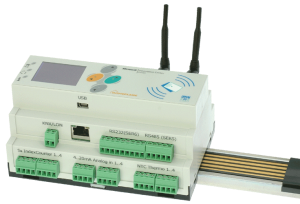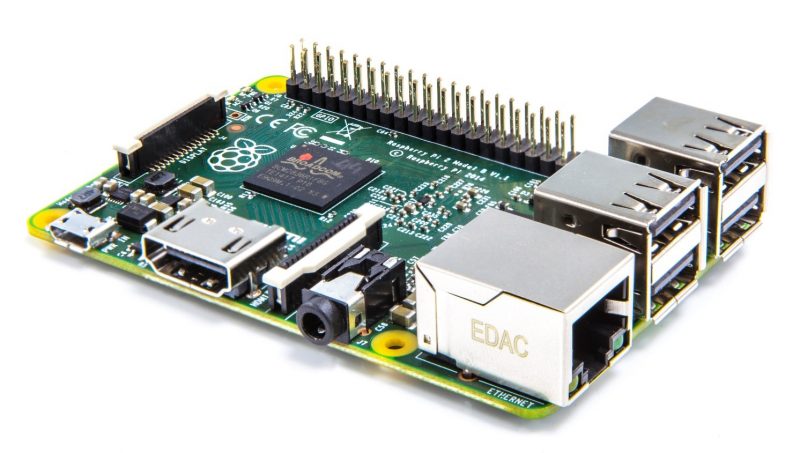The advancement in computer technologies has made them applicable for situations that were previously unthought of. The main driver of this proliferation of computers is the sharp decline in prices. With that said, you can still get some pretty sophisticated systems for a pretty penny. Home automation systems vary as widely as people’s needs and requirements. Hence, it is necessary to take a broad look at the cost of home automation systems. Rather than assuming a fixed point, the cost really depends on what you want. Let us take a look at a few crucial factors deciding the cost of home automation systems.
 Almost infinite modularity
Almost infinite modularity
Home automation systems are almost always modular. Even if you go for a complete system from a major provider of home automation systems, the system will be configured to your need with optional modules able to perform various functions. Control of switches is standard, though higher-end systems can include dimmers and fan speed controllers, various sensors such as infrared motion sensors, light intensity sensors, rain and humidity sensors. Some systems can also include motorised curtain and window actuators. The make and model of the central home automation hub will likely determine the maximum number of elements attached to it, and you can put as many of those elements wherever you like. Some manufacturers of home automation systems also keep some software features as premium features. A typical mid-range system, you can consider a very rough of $1000 per room, though it can go higher as you make the system more sophisticated. On the other end of the spectrum, if you wish to get started with the simplest of systems with a bare minimum of features, you can get a Wi-Fi or Bluetooth controlled single switch for less than $10.
Opportunity to DIY
If you are a hacker or a tinkerer who is comfortable with electronics and programming, you can make some or all of the home automation system all by yourself. Of course, you will lose the incredible ease of graphical interfaces of pre-built systems and instead have to dive into the code to set it up and make most major changes. It is possible to mix and match systems if you know what you are doing. The parts that you make yourself will obviously be cheaper than commercially available counterparts.

